On This Page: [hide]
Have you ever imagined building and deploying applications without the hassle of managing servers?
Welcome to the world of serverless computing, a revolutionary approach that allows developers to focus on crafting innovative solutions while a cloud provider handles all the infrastructure needs.
In this article, we will discuss everything there is to know about serverless computing and Function as a Service (FaaS), explaining how these technologies simplify the complexities of application development, offer scalable solutions, and significantly cut down operational costs.
What Is Serverless Computing?
At its core, serverless computing simplifies the complex process of deploying and managing applications online. Contrary to what the term might suggest, serverless computing does not eliminate servers. Instead, it conceals them from the developer’s view.
In a serverless setup, the responsibility of managing servers falls to a cloud service provider (CSP). This model allows developers to concentrate on their code and business logic without the burden of overseeing the underlying infrastructure.
Serverless computing is a model where developers write and deploy code that is executed in containers managed by a CSP. These providers handle the provisioning, scaling, and maintenance of the infrastructure necessary to run the applications. Operations like system updates, security patches, and resource scaling are managed automatically, reducing the operational load on developers and allowing them to focus on innovation and application development.
The essence of serverless computing lies in its billing model – developers only pay for the exact amount of resources their applications consume. This approach, known as “scaling to zero,” ensures that no charges are incurred for idle capacity. The result is a highly efficient, cost-effective way for developers to run their applications without the overhead of managing physical servers or infrastructure.
Defining Serverless Computing in Simple Terms
Simply put, serverless computing is a cloud-computing execution model where the cloud provider dynamically manages the allocation of machine resources. Developers upload their code to the cloud, and the provider takes care of everything needed to execute it.
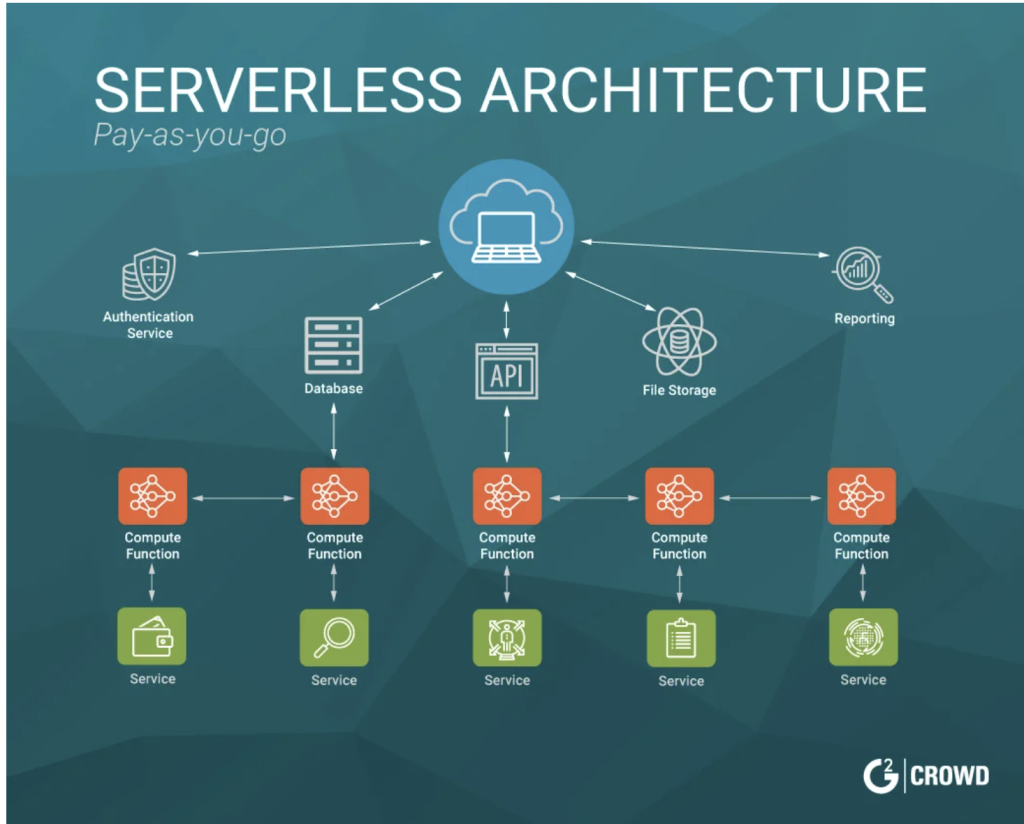
This includes handling varying levels of traffic and only charging for the execution time and resources used. Serverless computing marks a shift away from traditional server management and towards a more efficient, focused development approach enabling developers to create and scale applications faster than ever.
The Evolution of Serverless Technology Over the Years
Serverless technology has come a long way since its inception. The concept of running applications without directly managing servers has been a goal for many developers, and it became a reality when Google introduced Google App Engine in 2008. This platform allowed developers to host their applications on Google’s infrastructure, significantly reducing the need to manage servers.
The term “serverless” was first used in 2012, and since then, the technology has evolved rapidly. In 2014, Amazon Web Services launched AWS Lambda, a significant milestone that brought serverless computing into the mainstream.
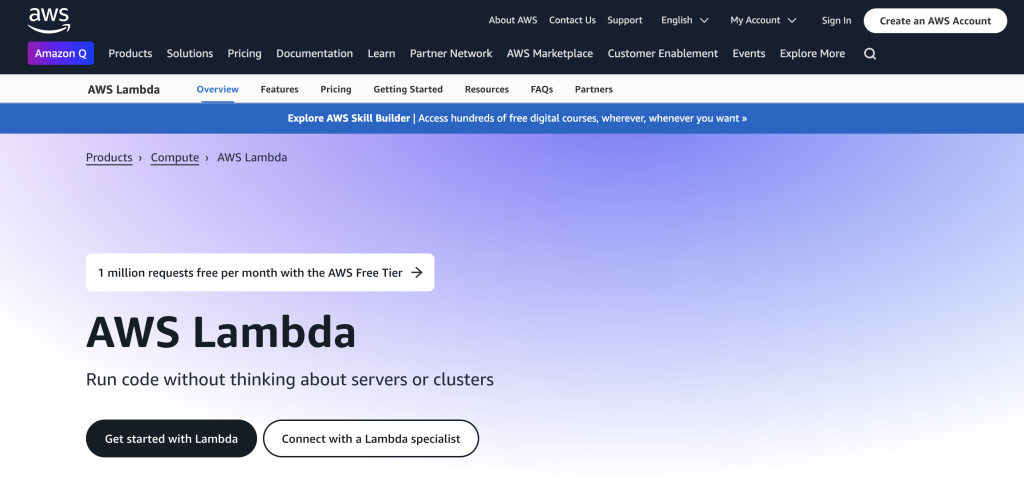
AWS Lambda allowed developers to run code in response to events without provisioning or managing servers, which was a game-changer. Following AWS Lambda, other major cloud providers like Microsoft Azure and Google Cloud introduced their serverless platforms, further solidifying the importance and utility of serverless computing in modern application development.
Today, serverless architecture has become an integral part of the cloud services offering, with every leading cloud service provider offering a serverless platform.
These platforms have broadened the scope of serverless applications, making it easier for developers to build and deploy scalable, highly available applications without worrying about infrastructure. The continuous growth and adoption of serverless technology underscore its profound impact on how applications are developed, deployed, and managed in the cloud era.
Unpacking FaaS: A Cornerstone of Serverless Architecture
Function as a Service (FaaS) is transforming how we develop software, making it easier and more efficient for developers to create and deploy applications. By removing the need to manage servers, FaaS allows developers to focus on writing code that delivers value, without the overhead of server management.
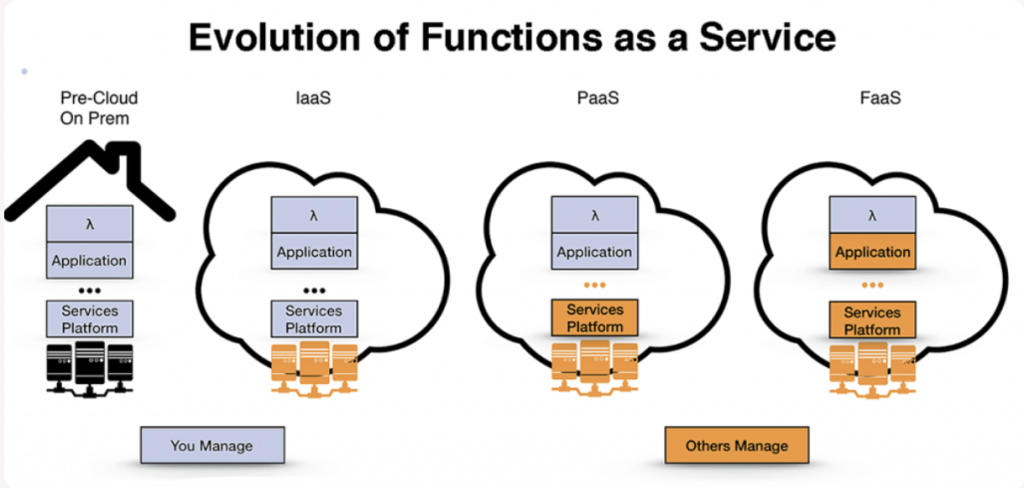
This approach not only cuts down on development time but also reduces costs, as it follows a pay-per-use model. Essentially, FaaS is a key component of serverless architecture, where the cloud provider dynamically manages the allocation and provisioning of servers.
How FaaS Revolutionizes Software Development
FaaS simplifies software development by breaking down applications into smaller, more manageable functions that can be scaled and updated independently. This modular approach offers significant benefits:
- Scalability: Automatically adjusts computing resources based on the application’s needs, ensuring high performance during traffic spikes without manual intervention.
- Cost-effectiveness: Charges only for the computing resources used, helping businesses save on infrastructure costs.
- Development speed: Allows for faster and more iterative development, enabling teams to bring features to market more quickly.
- Reduced overhead: Developers can focus on creating value through coding rather than managing and configuring servers.
By leveraging FaaS, companies can develop applications that are both flexible and responsive to changing market needs, without significant upfront investment in infrastructure.
FaaS Providers to Watch in 2024
In 2024, the FaaS landscape is dominated by several key players, each offering unique capabilities and advantages.
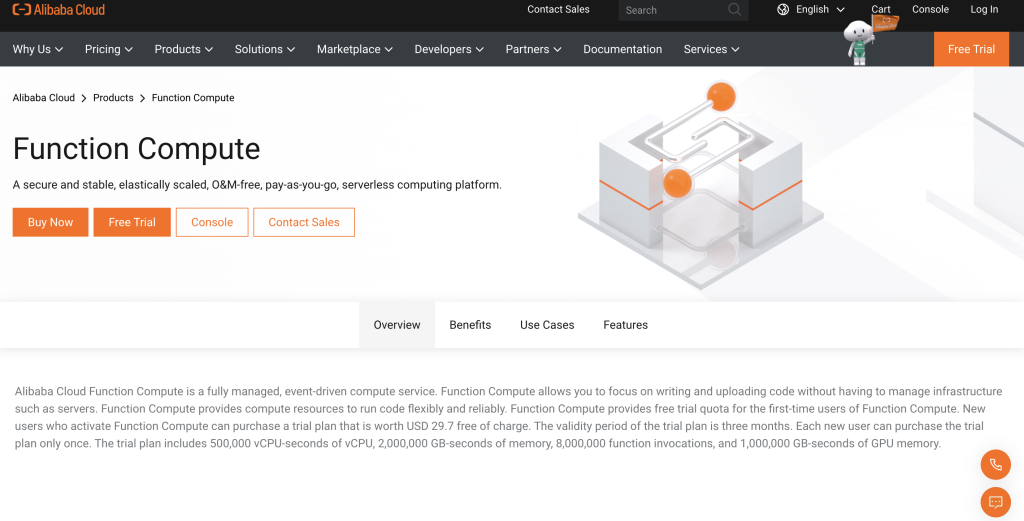
Among the most influential are:
- AWS Lambda: One of the pioneers in the FaaS space, offering seamless scaling and a robust set of integrations with other AWS services.
- Google Cloud Functions: Provides a great environment for building and deploying event-driven services, with deep integration into the Google Cloud ecosystem.
- Microsoft Azure Functions: Offers excellent tools for integrating and extending cloud applications, with a focus on IoT, AI, and analytics services.
- IBM Cloud Functions: Stands out for its enterprise-grade security and support for multiple programming languages.
- Alibaba Cloud Function Compute: A strong contender in Asia, known for its performance and cost-efficiency, making it an attractive option for businesses operating in that region.
N.B. When choosing a FaaS provider, consider factors such as scalability, cost, ease of use, and the specific features offered. Each provider has its strengths, and the best choice will depend on your particular project needs and business goals.
Why Serverless Computing is More Relevant Than Ever in 2024
The digital world is advancing at an incredible pace, and with it, the way we create and deploy software is evolving. Serverless computing has emerged as a pivotal technology in this evolution, offering developers and businesses an innovative way to reduce operational complexities and costs. As we move through 2024, serverless computing continues to gain momentum, driven by its ability to provide scalable, cost-effective solutions for a wide range of applications.
Cost Benefits: How Serverless Can Reduce IT Expenses
One of the most compelling reasons for the growing adoption of serverless computing is its potential to significantly lower IT expenses. Without the need to manage or provision servers, businesses can save on hardware and maintenance costs.
Serverless computing operates on a pay-as-you-go model, meaning companies only pay for the compute time they use, eliminating the expense of idle server capacity. This model enables smaller companies to compete more effectively, as it reduces the entry barrier to powerful computing resources that were once the domain of larger organizations with substantial IT budgets.
- No server management costs: Outsourcing the management of servers to cloud service providers can lead to substantial savings.
- Pay for what you use: With serverless computing, there’s no need to pay for unused capacity, making it a cost-efficient option for businesses of all sizes.
- Reduced operational overhead: Eliminating the need for server maintenance means that IT teams can focus on development and innovation rather than routine tasks.
Scalability and Flexibility: Serverless Computing’s Key Advantages
Scalability is another domain where serverless computing shines. It offers an innovative level of flexibility, allowing applications to automatically scale without manual intervention. This is crucial for businesses experiencing fluctuating workloads, as it ensures that applications remain responsive under varying loads.
The serverless model adapts to demand in real-time, scaling resources up during peak times and scaling down during lulls, leading to more efficient use of resources and improved application performance.
- Automatic scaling: Serverless functions scale automatically with the application’s needs, ensuring optimal performance at all times.
- Focus on core product development: Developers can concentrate on building and enhancing features rather than worrying about infrastructure capacity.
- Quicker time-to-market: Serverless computing simplifies the deployment process, enabling faster delivery of applications and features to end-users.
In conclusion, the relevance of serverless computing in 2024 and beyond is underscored by its cost efficiency and scalability. As technology continues to evolve, serverless computing stands out as a key enabler for businesses looking to innovate rapidly while keeping costs under control.
Whether it’s reducing IT expenses or providing the flexibility needed to scale, serverless computing offers a comprehensive solution that addresses many of the challenges faced by developers and businesses today.
The Role of FaaS in Modern Application Development
Function as a Service (FaaS) has become a cornerstone in the evolution of cloud computing, enabling developers to focus on creating application logic without being bogged down by the underlying infrastructure. FaaS simplifies the deployment process, allowing for a more agile development workflow.
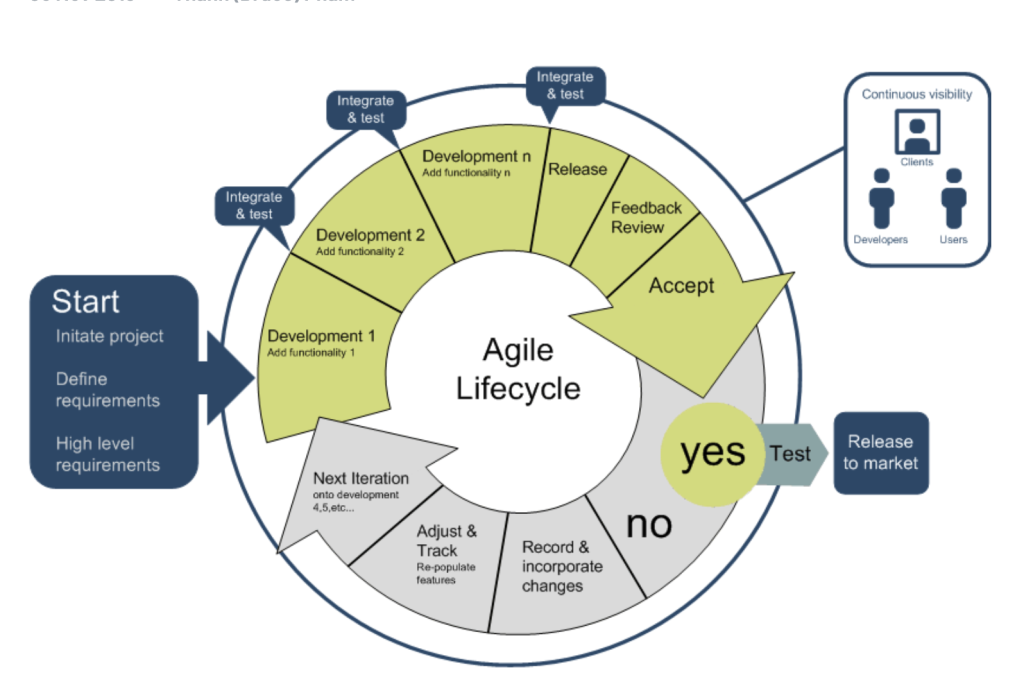
By abstracting server management, FaaS ensures that developers can rapidly develop, deploy, and scale their applications as needed without worrying about the infrastructure.
The pay-as-you-go model also means costs are directly tied to actual usage, making FaaS a cost-effective solution for many businesses. Furthermore, its ability to automatically scale in response to demand ensures applications remain responsive and available, regardless of load.
Comparing FaaS with Traditional Cloud Services
While traditional cloud services offer broad flexibility and control, they often require extensive setup and management, which can slow down development and increase costs. FaaS, on the other hand, offers a more streamlined approach, simplifying deployment and scaling while also reducing overhead. Unlike traditional models where you pay for reserved resources regardless of usage, FaaS’s billing is based on actual consumption.
This key difference not only makes FaaS more cost-effective but also aligns with the dynamic nature of modern web applications, which can experience unpredictable traffic. However, it is important to note that while FaaS provides significant benefits, it may not suit all applications, especially those requiring extensive customization of the underlying infrastructure or those with complex, long-running processes.
How to Seamlessly Transition to Serverless Computing
Transitioning to serverless computing can simplify your IT infrastructure, scale your applications effectively, and potentially reduce costs. However, moving to a serverless architecture requires careful planning and execution.
Below are steps to help you make a smooth transition.
Preparation Steps for Migrating to a Serverless Architecture
To ensure a successful migration to serverless computing, start with these preparatory steps:
- Evaluate Your Current Infrastructure: Review your existing applications and services to determine which components can be migrated to a serverless architecture. Identifying the parts of your system that experience variable demand can help maximize the benefits of serverless scalability.
- Understand Serverless Concepts: Familiarize yourself and your team with serverless technologies. Knowing how serverless compute models differ from traditional cloud services is crucial for leveraging their full potential.
- Plan Your Migration: Develop a detailed migration plan that includes which applications to move first, based on their complexity and dependency. Smaller, less dependent components are often ideal candidates for initial migration.
- Choose a Development Approach: Decide whether to refactor your existing applications for serverless or to rebuild them from scratch. Refactoring can sometimes be less resource-intensive but may not always exploit the full advantages of serverless computing.
Choosing the Right FaaS Provider: Factors to Consider
Selecting a Functions as a Service (FaaS) provider is a crucial decision in your transition to serverless computing. Here are key factors to consider:
- Performance and Scalability: Evaluate the provider’s ability to dynamically scale functions in response to demand. The ideal FaaS provider should offer robust performance even under heavy loads.
- Cost Structure: Understand the pricing model the provider uses. Serverless computing can be cost-effective due to its pay-as-you-go pricing, but it’s essential to consider the cost implications of the number and type of function calls your applications will make.
- Supported Languages and Frameworks: Check if the provider supports the programming languages and development frameworks your team prefers. This ensures your developers can work with tools they are already comfortable with.
- Ecosystem and Integrations: A FaaS provider that offers a rich ecosystem of integrations and services, such as API gateways, databases, and storage solutions, can significantly reduce development time and complexity.
- Availability and Reliability: Assess the provider’s global presence and the reliability of their infrastructure. Consider how the geographical distribution of their servers could affect the latency and availability of your serverless functions.
In selecting a FaaS provider, aligning their offerings with your specific needs is crucial for maximizing the benefits of serverless computing. Taking these factors into account will help you make an informed decision tailored to the unique demands of your applications.
Common Challenges and How to Overcome Them
Moving towards serverless architecture offers significant benefits regarding scalability, cost, and efficiency. However, like any technological advancement, it comes with its own set of challenges. Understanding these hurdles and how to surmount them can lead to a more seamless and productive serverless experience.
Addressing Security Concerns in Serverless Computing
One of the most pressing challenges in serverless computing is ensuring the security of applications. The shared responsibility model in serverless architectures means that while cloud service providers (CSPs) secure the infrastructure, applications and their data remain in the developers’ hands. To effectively safeguard a serverless application, consider the following steps:
- Implement IAM Protocols: Use Identity and Access Management (IAM) to define who can access your serverless functions and what actions they are allowed to perform. This minimizes the risk of unauthorized access.
- Automate Security Policies: Leverage tools for automated security policies and solutions, such as SIEM (Security Information and Event Management), which can analyze security alerts generated by applications in real-time.
- Practice DevSecOps: Integrate security measures early in the software development lifecycle using DevSecOps practices. This approach ensures that security is considered at every stage of development, from initial design through deployment.
- Utilize Threat Detection Tools: Implement threat detection and response mechanisms to quickly identify and mitigate risks without manual intervention.
Optimizing Performance in a Serverless Environment
Ensuring optimal performance in a serverless architecture requires attention to several areas, from code execution speed to resource utilization. Here are strategies to enhance serverless application performance:
- Monitor Function Execution Times: Keep an eye on the duration of your serverless functions. Functions that run longer may require optimization for better performance.
- Reduce Cold Start Times: Cold starts happen when an idle function is invoked, leading to longer initialization times. Optimizing your application’s startup routine can help mitigate this issue.
- Implement Efficient Code: Write your functions to be as efficient as possible. This not only reduces execution times but also lowers the overall cost since many serverless platforms charge based on execution time and resource consumption.
- Use Caching: Implement caching mechanisms for frequently accessed data to minimize retrieval times and reduce the number of calls to the database or other services.
By addressing these common challenges through strategic practices and tools, developers can leverage the full potential of serverless computing while minimizing its downsides.
Future Trends in Serverless Computing and FaaS
The landscape of technology, particularly in serverless computing and FaaS (Function as a Service), is poised for remarkable innovations and growth. As these technologies continue to evolve, we can anticipate significant changes that will shape the future of cloud and how applications are developed, deployed, and managed. These future trends reflect the ongoing advancements in cloud computing and the increasing need for scalable, efficient computing solutions.

Innovations to Look Forward to in Serverless Technology
Serverless technology is set to usher in a new era of efficiency and flexibility in application development. One of the key innovations to watch out for is the further decentralization of serverless architectures. This shift will allow for more dynamic scaling and allocation of resources, leading to even greater efficiency and reductions in operational costs.
In addition, advancements in AI and machine learning integration within serverless platforms promise to automate many of the development and deployment processes, enabling developers to focus more on creativity and less on configuration.
- Enhanced Performance and Scalability: Tweaks and improvements in serverless platforms will enable even faster execution times for functions, catering to high-performance computing needs.
- Better Integration Capabilities: Expect to see a wider array of integrations with third-party services and APIs, simplifying the creation of complex, feature-rich applications.
- Increased Security Measures: With cybersecurity threats on the rise, serverless providers will likely introduce more robust security features to protect applications and data effectively.
How Serverless Computing Will Shape the Future of IT
Serverless computing is not just a trend but a transformative force in the IT sector. Its capacity to reduce complexity, cost, and time-to-market for applications means businesses can innovate faster and more responsively to market changes. This computing model’s future will likely emphasize solutions that are increasingly invisible to developers, where manual tasks of provisioning, scaling, and managing server health are fully abstracted away.
- Democratization of Development: By removing the barrier to entry for building and deploying applications, serverless computing enables a broader range of individuals and organizations to develop applications, fostering innovation and speeding up digital transformation.
- Cost-Effectiveness: The pay-as-you-go model of serverless computing, coupled with autoscaling capabilities, will continue to be a major draw for businesses looking to optimize IT spending without sacrificing performance.
- Global Reach with Edge Computing: Serverless architectures will integrate more deeply with edge computing, delivering content and services much closer to the end-users and reducing latency significantly.
As serverless computing and FaaS evolve, staying informed about these trends and innovations will be crucial for developers, IT professionals, and businesses looking to leverage the full potential of cloud computing. Embracing these changes and preparing for the future of serverless technology will enable more efficient, flexible, and secure application development and deployment processes, marking a significant leap forward in how we build and deliver software in the digital age.
Maximizing Security in Serverless Architectures
Serverless computing, with its dynamic allocation of resources and scalable features, represents a shift away from traditional server-based systems. However, this shift brings unique security challenges that need addressing. Maximizing security in a serverless architecture involves understanding the shared responsibility model.
Cloud Service Providers (CSPs) secure the infrastructure, but securing the code, data, and access is the responsibility of the clients. This model demands a proactive security stance, focusing on both preventive measures and rapid response strategies.
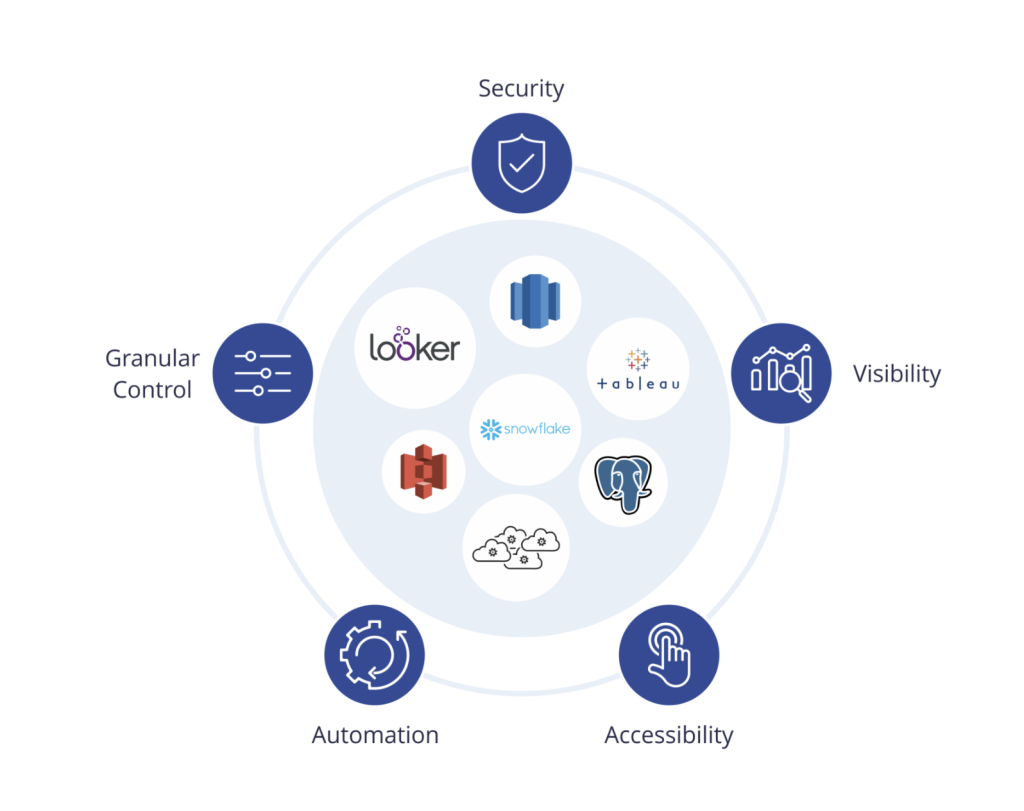
Automated security policies, identity and access management (IAM), and threat detection and response are fundamental elements in this new security landscape. These measures, along with DevSecOps practices, ensure that security is integrated into the application lifecycle from the get-go. By making security an integral part of development, testing, and deployment, businesses can create a robust defense mechanism for their serverless applications.
The Importance of Security in a Serverless Ecosystem
Security in a serverless ecosystem is paramount due to the vast attack surface that comes with distributed components and third-party services. In serverless, the applications are broken down into microservices and functions, each interacting with various APIs and other services. This fragmentation increases the points of entry for potential attacks, making it crucial for developers to secure their applications.
Moreover, the serverless model amplifies the importance of securing application dependencies and configurations, as a single vulnerability can be exploited to compromise the entire system. The reliance on third-party services and tools means developers must ensure these external components do not introduce security weaknesses. Hence, consistent updates, strong authentication mechanisms, and regular vulnerability assessments are essential practices in a serverless environment to safeguard against threats.
Is Serverless Computing Suitable for Every Business?
Serverless computing provides an attractive model for various business scenarios, especially for organizations aiming to streamline operations and reduce overhead associated with physical servers and infrastructure management. It thrives in environments where application scalability, cost-efficiency, and simplified operational management are critical. Whether it’s launching a new application, handling sporadic traffic spikes, or running back-end services, serverless computing scales to meet demand without manual intervention.
However, it’s not a one-size-fits-all solution. Businesses with legacy systems that require traditional server hosting, those needing granular control over their environment, or organizations with predictable, steady workloads might find serverless less beneficial.
In such cases, the cost and complexity of migrating to a serverless architecture might outweigh its advantages. Each business must assess their specific needs, including compliance, performance, and operational requirements, before deciding if serverless computing aligns with their objectives.
How Does FaaS Differ From Traditional Cloud Services?
Function as a Service (FaaS) represents a subset of serverless computing that focuses on running individual functions in response to events. Unlike traditional cloud services, where users rent or manage virtual servers, FaaS abstracts the server layer entirely.
Users deploy snippets of code that are executed in stateless containers, initiated by specific triggers, such as HTTP requests, database events, or queue messages. This model offers unparalleled scalability and cost-effectiveness, as billing is based purely on the execution time and resources consumed by these functions, with no charges for idle server time.
Compared to Platform as a Service (PaaS) or Infrastructure as a Service (IaaS), where developers still have to manage aspects of the application environment or virtual machines, FaaS requires no environment management from the user. It provides a more focused solution for running code, handling tasks like image processing, data manipulation, or API responses.
However, it’s important to acknowledge that FaaS might introduce limitations in terms of local testing, long-term tasks execution, and sometimes, vendor lock-in, which might influence the chosen cloud computing model based on the project’s needs and goals.
Ultimately, the choice between FaaS and other traditional cloud services depends on the specifics of the project, including requirements for scalability, control, ongoing maintenance, and budgetary considerations. It’s critical to carefully evaluate these factors to adopt the cloud computing model that best fits the organizational and operational objectives.
Conclusion: Why Serverless Computing and FaaS are the Future
The IT infrastructire is continuously evolving, with businesses of all sizes seeking to leverage technology to enhance efficiency, reduce costs, and improve their services. In this context, Serverless Computing and Functions as a Service (FaaS) emerge as powerful tools that simplify application development and deployment, allowing developers to concentrate on creating innovative solutions without the overhead of managing servers and infrastructure.
Serverless Computing represents a shift towards more agile and cost-effective development practices. It abstracts the complexities of server management, automatically scaling resources to meet demand. This model fits perfectly with the modern business need for flexibility and responsiveness, allowing applications to adapt seamlessly as user needs change. The absence of server management tasks frees developers to focus on improving functionality and user experience.
On the other hand, FaaS takes the idea of server abstraction further by allowing developers to execute code in response to events without worrying about the underlying infrastructure. This model is particularly well-suited for tasks that need real-time processing, such as responding to web requests, processing data streams, or integrating with other cloud services. The scalability and pay-per-use pricing model of FaaS can significantly reduce costs, especially for applications with variable workloads.
The combination of Serverless Computing and FaaS heralds a new era of application development. These technologies reduce the barrier to entry for creating and deploying applications, enabling organizations to bring innovations to market more quickly. Furthermore, the ability to scale applications on-demand ensures high availability and performance, even under heavy loads, meaning businesses can deliver a consistent user experience without the need for extensive IT infrastructure.
